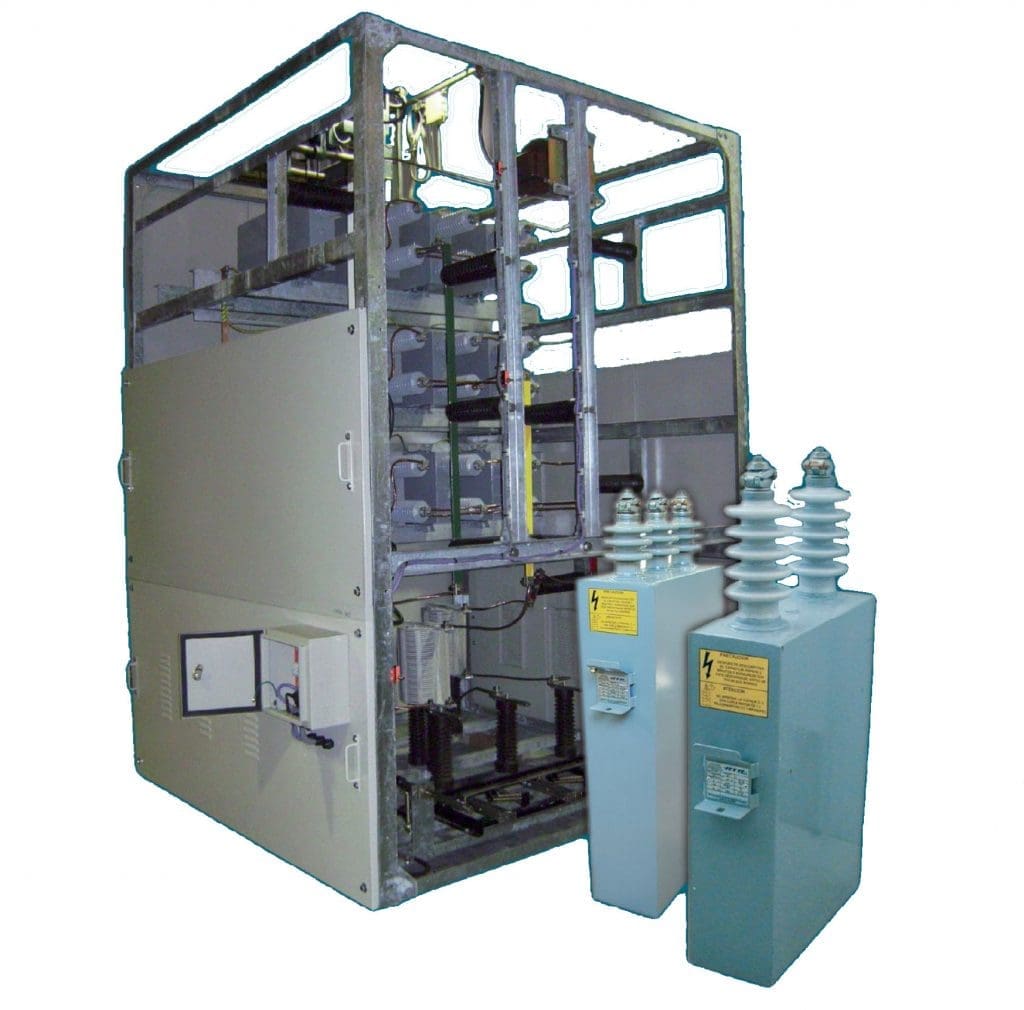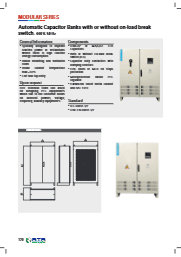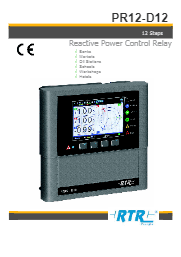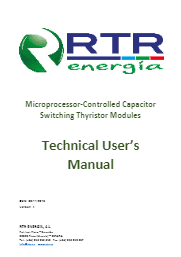Globally Recognised Power factor Correction System By Sarom Global

POWER FACTOR CORRECTION SYSTEM
- RTR has the most technology for the manufacturing capacitors, harmonic filters, transformers, capacity banks and rethane resin.
- MV Capacitors and Banks
- LV Capacitors
- LV Automatic Capacitors Bank
- Harmonic Filters and Transformers
- Automatic Power Factor Controllers
- Three Phase Capacitors
- Medium Voltage Capacitors
- Power Factor Regulator











